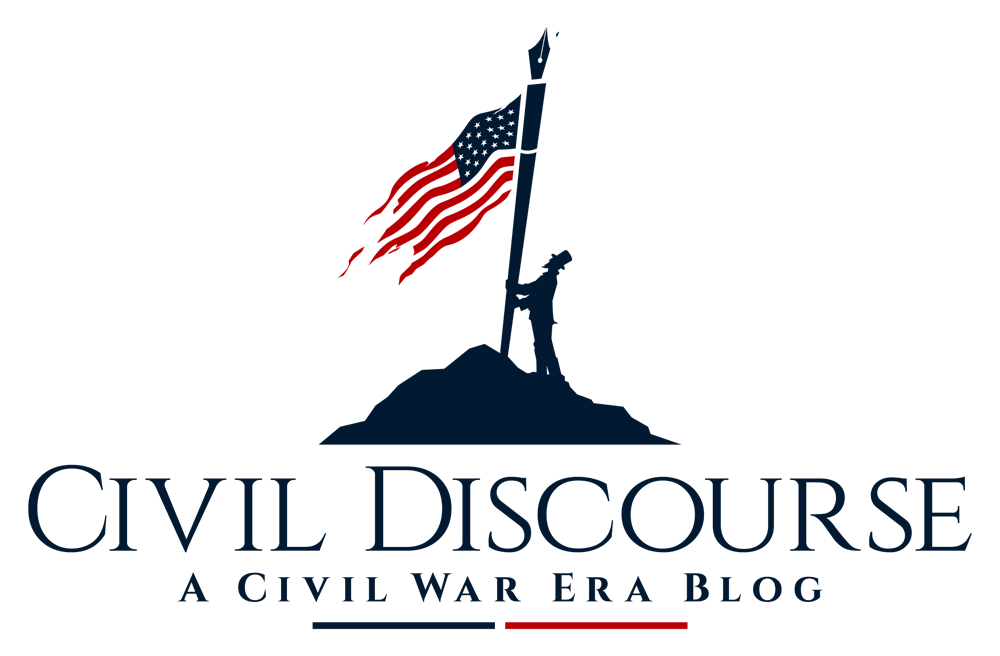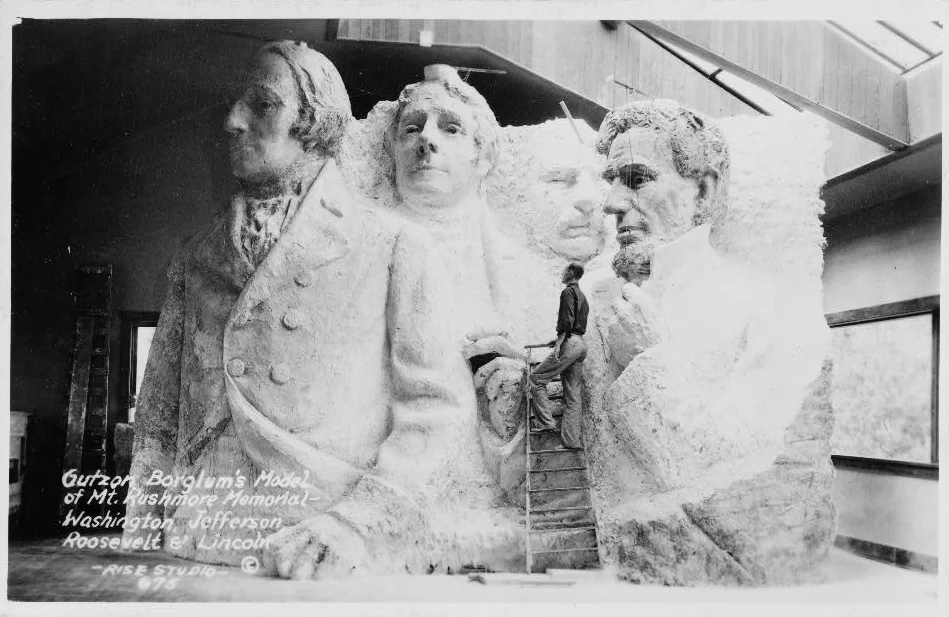Historical Context: A Response to Gordon Wood
/Recently a friend provided me with an article from February 23, by Gordon Wood in The Weekly Standard. Throughout that piece, “History in Context: The American Vision of Bernard Bailyn,” Wood praised his mentor for seeing the large themes and movements in American history without being waylaid by minutia, while simultaneously criticizing the current state of the history profession. It seems that Bailyn’s Peopling of British North America series, originated in 1986 has received a fair amount of criticism because it relegates the experiences of Native and African Americans to the sidelines. Criticism that Wood asserts is unjustified, but is also telling on the state of the historical profession. Namely that “[i]t’s as if academics have given up trying to recover an honest picture of the past and have decided that their history-writing should become simply an instrument of moral hand-wringing.” Wood goes on to argue that the academic focus on “inequality and white privilege in America society” via the proliferating studies of race and gender history has distracted the historical community. As a result, many readers lack the ability to gain from historians the full narrative of American history. Wood believes that the attention to African-American slaves, women, and Native Americans has fragmented the study of history in such a way that the attention to contemporary moral standards has anachronistically distorted the study of the past, taking it out of context.
Read More



















